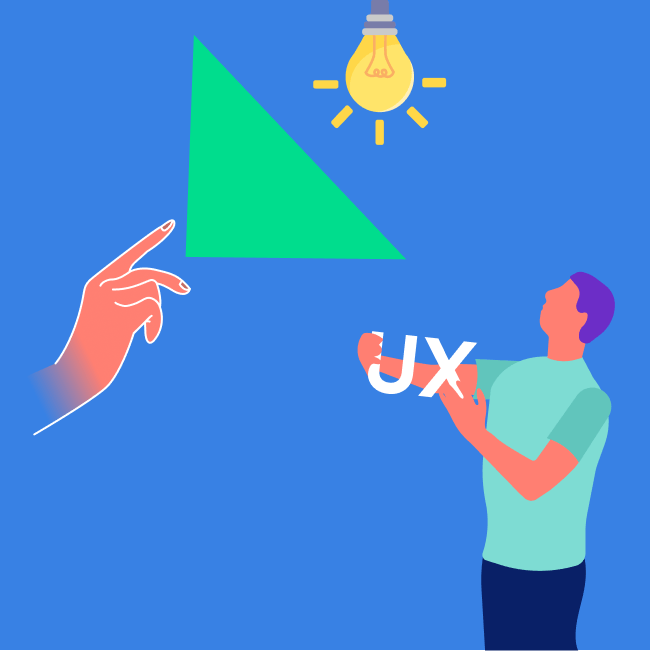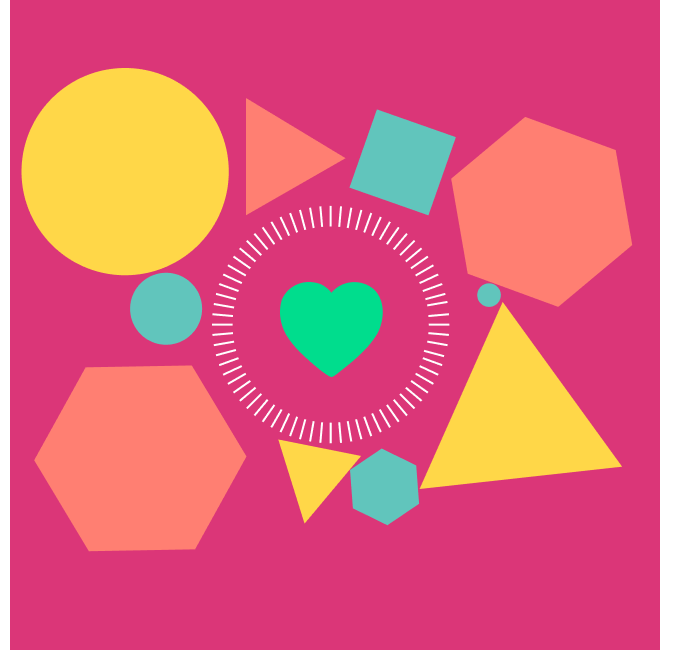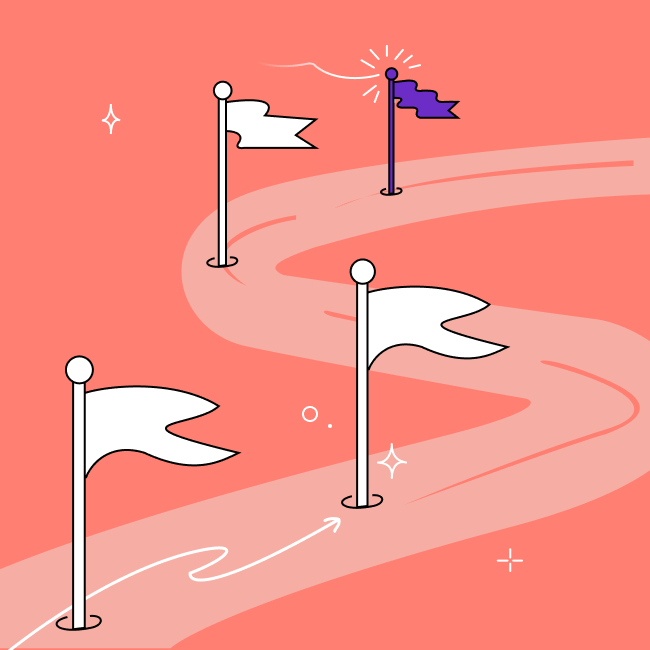SEO is not only about keywords but UX too. Read how they complement each other.
September 1, 2020 | Read Time : 3 mins
Table of Contents
With statistics showing that only a small percentage of individuals who use Google or other search engines go past the first page, achieving a high ranking is critical. As the joke goes, if you want to hide a body where no one will find it, put it on page two of Google’s search results.
In SEO, keywords serve as a matching mechanism. They show Google that you understand your customers’ wants, increasing the likelihood that Google will direct that person to your site for answers.
But SEO is more than keywords. Google is also keeping an eye on what happens once a consumer visits your website. The digital world is continually changing and is user-oriented. If visitors find it difficult to interact with your website, chances are they will likely abandon the website and move to the next one.
User Behaviour is now influencing the website’s rank!
- How much time does a user spend on a website?
- What is the bounce rate?
- How many are organic users turning into leads?
- The number of sign-ups on websites
- The rate at which users are coming back to the website is also known as the retention rate
All of these affect website rank along with keywords, which makes SEO highly dependent on User Experience.
How do SEO and UX complement each other:
Mobile-Friendliness
The number of people accessing the website from mobile has increased extensively over the past few years. Technically a website should cater to all kinds of devices, but mobile-friendliness is the need of the hour. The SEO will help the website come on top, but it has to be complemented by UX to remain there. The presence of UX will help optimize all the website content, including images, text, video, animation, and more.
The graph below shows how there has been increasing use of mobile phones to access websites. The user should be allowed to access and interact with the website from anywhere and with any device. More than 67% of people are using mobile to access e-commerce websites for purchase. UX helps in optimizing the site according to mobile and other devices. It also eliminates and adds features that are necessary according to the device type.
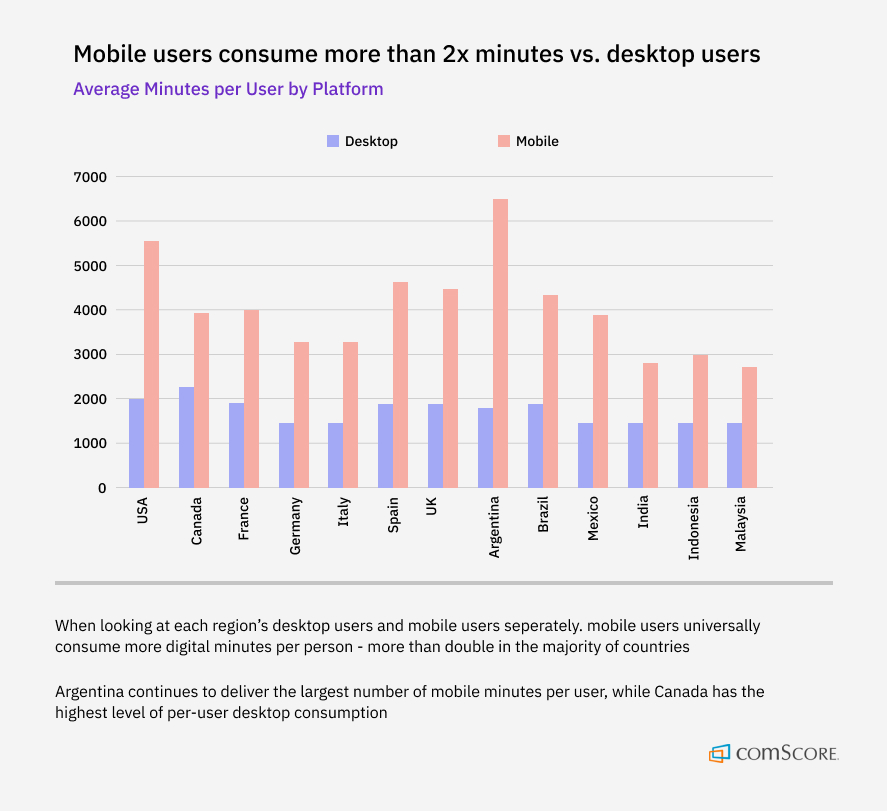
Speed of Page Load time
The user is likely to leave the site if the load time is more above 5 – 6 seconds or more. For a good SEO rank, page speed plays a crucial role. The page speed is also responsible for the user’s bounce rate and decreases the user’s average time on the site. All these factors affect potential leads, which might help in conversion. UX can help complement SEO here by enabling CSS, Javascript files, optimizing code by removing unnecessary content items, which can hamper page load time.
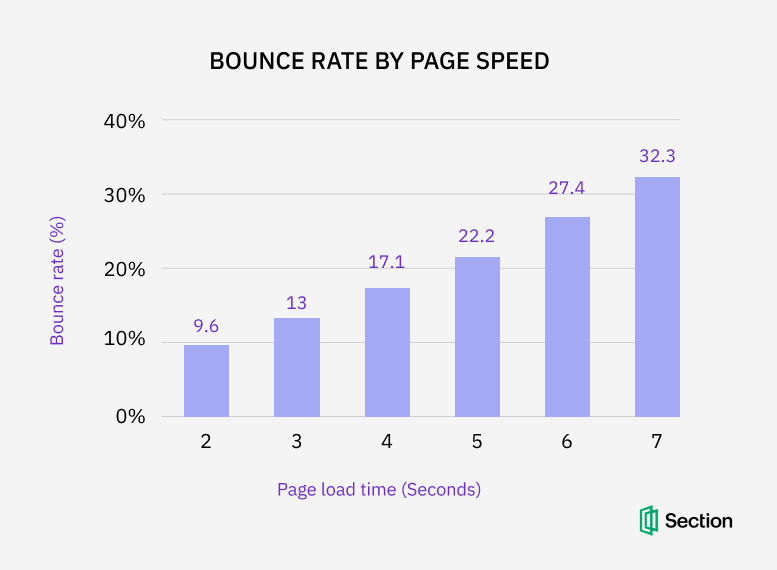
Decreases bounce rate
Bounce rate is a metric that collects how many users are leaving the website after viewing only one page. Multiple factors can affect this. If the user is not provided with useful information and a call to action, the user will bounce from the site. The balance between SEO and UX will help users become aware of various services and information available for their ease of access.
Organic users into leads
Some users come to a website with specific goals, others might not. But it’s the job of a UX designer to make sure to take every user as a potential lead. If the SEO is bringing the users, its effectiveness is only enabled once the user can navigate and perform a task on the website.
Well-researched user journey implementation helps eliminate possible distractions and features that prohibit the user from achieving goals. It’s the job of UX design to put primary action ( buying, add to cart, make purchase options) under the spotlight using design elements such as contrast, type, and more.
Easy navigation, use of SEO effectively
The more time users spend on the site, the more chances they turn into potential customers. All the four factors mentioned above will play a huge role in users’ decision-making. The role of UX is to make sure to implement possible user flows in the site, which helps the user to achieve their desired goals without getting lost on the website.
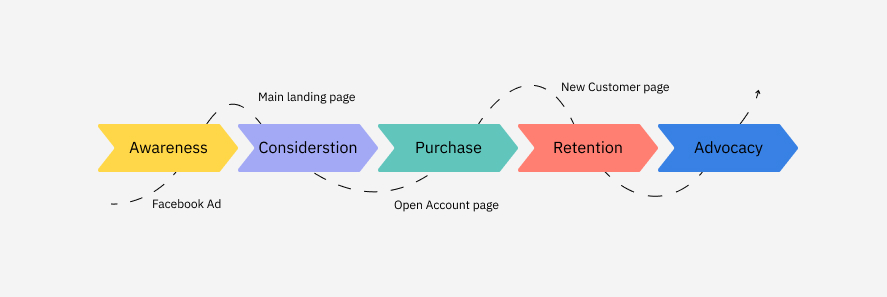
The best way to provide your users with the most valuable experience possible is by using an integrated page design strategy that combines technical SEO, UX Design and other digital marketing techniques.
Your site will not only appeal through keyword-driven material but also do so while satisfying their needs thanks in part because of this combination! These strategies work hand-in-glove to provide your customers with exactly what they need from a website: information on products or services in their industry that can help them grow business quickly without frustrating errors slowing down workflow.


